They rev high, last long and have won millions: see the five most incredible Japanese engines with just four cylinders
When it comes to four-cylinder engines , Japan easily dominates. We’re talking about a true masterclass in engineering, where reliability, performance, and longevity collide. From naturally aspirated engines that rev at 9,000 rpm to turbocharged engines that leave the factory with over 300 hp, Japanese four-cylinder engines helped shape an entire generation of car enthusiasts—and remain the benchmark to this day.
In this article, we’ll delve into five of the most iconic engines ever made in Japan, all inline-four (or boxer) engines, each with its own legacy in models that made history. Spoiler alert: there’s the Mitsubishi Lancer Evo, the Honda Civic Type R, and even the legendary Subaru Impreza 22B. The list is in no particular order—after all, everyone here has legendary status.
Honda K20 and K24: the kings of durability and preparation
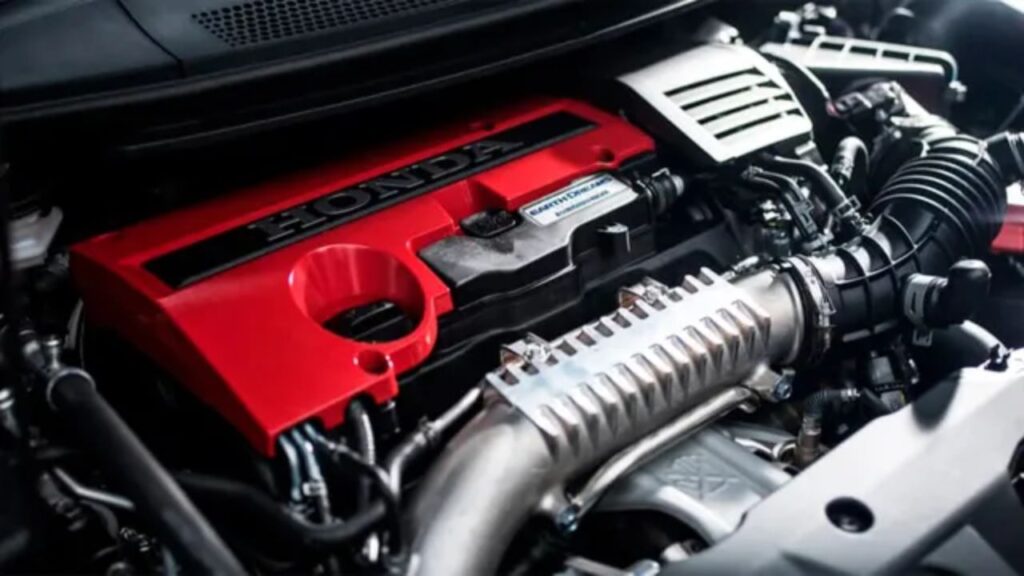
Few Japanese engines were as ubiquitous as Honda’s K-series. With 2.0- and 2.4-liter variants, the K20 and K24 dominated the brand’s lineup in the early 2000s. They were everywhere: the Civic Type R, Accord, CR-V , Integra, and more.
Despite not having a turbo, these naturally aspirated engines delivered surprising performance. In some versions, they exceeded 220 horsepower, with revs exceeding 8,000 rpm. But the highlight doesn’t stop there: the engine is so durable that many enthusiasts can easily tune it for over 300 hp without compromising durability.
FREE: Quickly identify and understand problems with your vehicle 🚘
CLICK HEREAccording to specialized forums like K20a.org , there are reports of K24 engines exceeding 300,000 km without major interventions. This is no small feat in a world where modern turbo engines sometimes don’t make it past 150,000 km without expensive maintenance.
Mitsubishi 4G63T: the heart of the Lancer Evolution
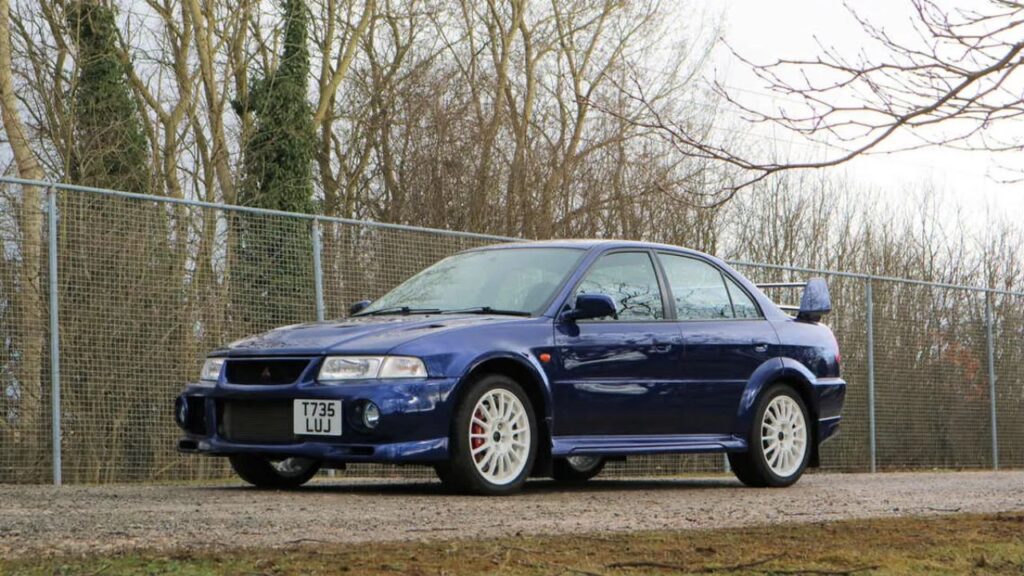
During the 1990s and 2000s, Mitsubishi arguably enjoyed its finest years—and much of that was thanks to the 4G63T engine . This turbocharged 2.0-liter engine was the heart of models like the Lancer Evolution I through IX , as well as special versions of the Eclipse and Galant VR-4.
In its original configuration, its power output ranged from 195 hp to 345 hp , depending on the model and year. But tuners soon realized that the engine was a true diamond in the rough. With forged camshafts, turbo adjustments, and proper injection, some tunes exceed 600 hp . And most impressively, the engine can handle revs of up to 11,000 rpm without stalling.
Super Street magazine has already listed the 4G63T as one of the most “tunable” engines in history, precisely because of the robustness of the block, versatility and ease of parts .
Nissan SR20DET: power with drift DNA
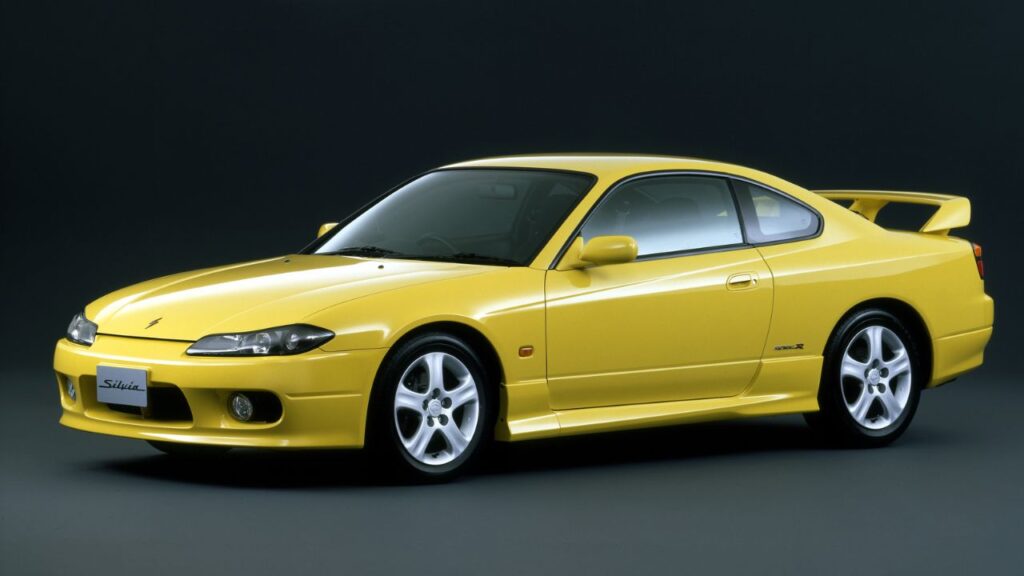
Before becoming synonymous with SUVs, Nissan dominated the racetrack with cars like the Silvia and 180SX. And the engine that powered these models was the legendary SR20DET , a 2.0-liter turbocharged inline-four that delivered up to 205 hp in its stock form , but could do much more with minor tweaks.
This engine has been a hit not only among speed enthusiasts but also in the drifting world , thanks to its linear torque, durability, and easy adaptation. It’s not uncommon to see designs with over 400 hp , using forged pistons and a larger turbo. The Japanese channel Option Video has already shown versions with nearly 500 hp , running on professional tracks without any signs of instability.
Furthermore, the combination of this engine with rear-wheel drive made the Silvia S13/S14/S15 one of the most sought-after cars for competitions and personal projects.
Subaru EJ22: exclusive, rare and absolutely legendary

The EJ22 engine is so special that it was only used in one model : the incomparable Subaru Impreza 22B STi , launched in 1998 as a celebration of Subaru’s three WRC titles. Only 424 units were produced , all with this 2.2-liter turbocharged boxer engine.
On paper, it delivered 275 hp , but several independent tests indicate that the real number was much higher — somewhere around 290 to 300 hp . With a lower center of gravity thanks to the boxer architecture, the engine provided quick response, stability and a unique growl .
If today an Impreza 22B is worth more than R$2 million on the international market, a large part of this is due to the exclusivity of this engine, which never appeared in another car of the brand.
Honda F20C: absurd power per liter
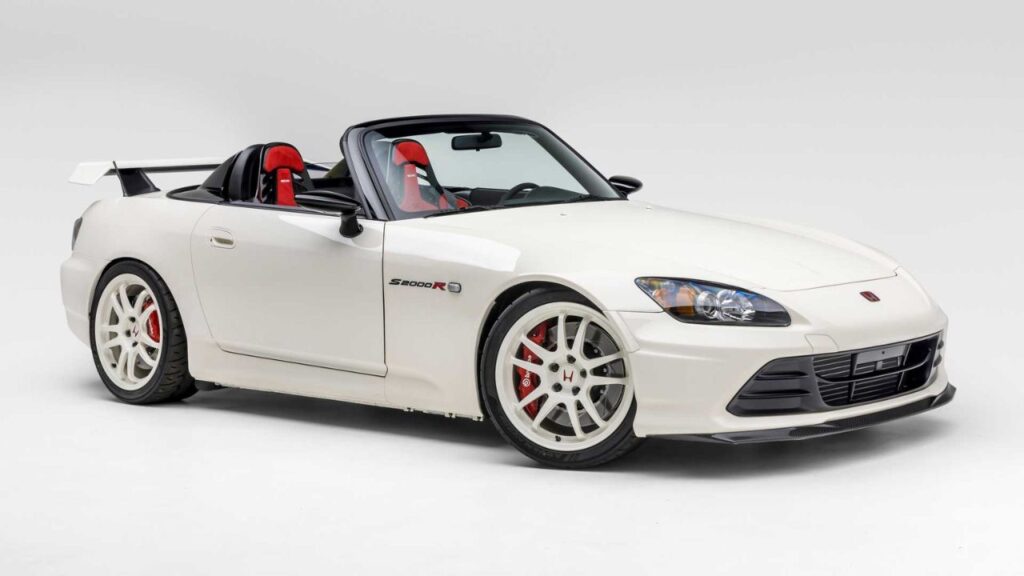
Rounding things off with a flourish, we have the F20C , an engine that exclusively equipped the Honda S2000 . Naturally aspirated, four-cylinder, 2.0-liter engine, producing 240 hp at 8,600 rpm and 200 Nm of torque at 7,500 rpm. This is the spec sheet for the American version. But in Japan, the engine reached 247 hp , with a redline approaching 9,000 rpm .
For years, the F20C was the naturally aspirated engine with the highest specific power output in the world : 120 hp per liter . This was only surpassed much later by engines in supercars like the Ferrari 458 Speciale.
It also gained an F22C version, with 2.2 liters and 210 Nm of torque, more suited to urban use without losing its sporty soul.
A Japanese engineering lesson
What unites all these engines isn’t just the number of cylinders or country of origin. It’s the Japanese obsession with building engines that can withstand the test of time, endure extreme use, and still deliver breathtaking performance . Even decades after their launch, they remain revered—and some, like the K20 and 4G63T, are still used in professional and amateur builds worldwide.
Whether you’re a Honda, Mitsubishi, Nissan, or Subaru fan, one thing is certain: these engines left a lasting mark on the history of motorsport and still live on in racing hearts today.

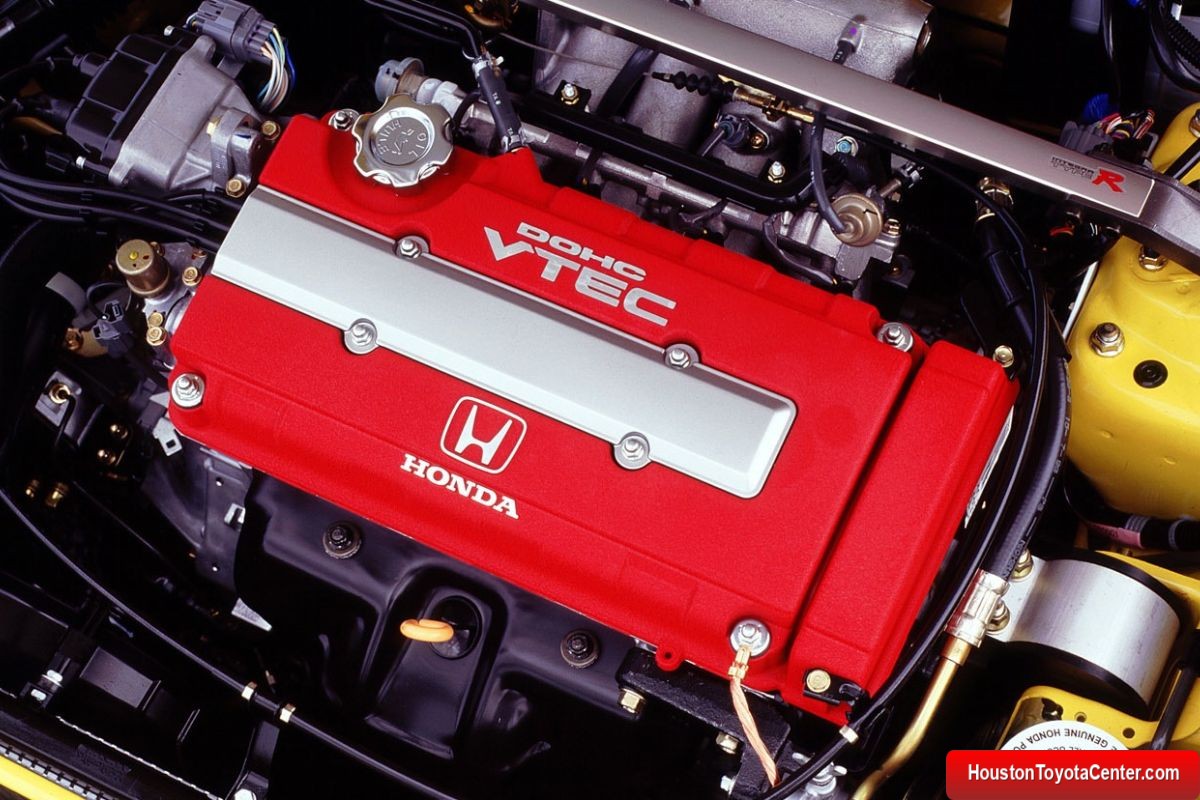
Leave a Reply